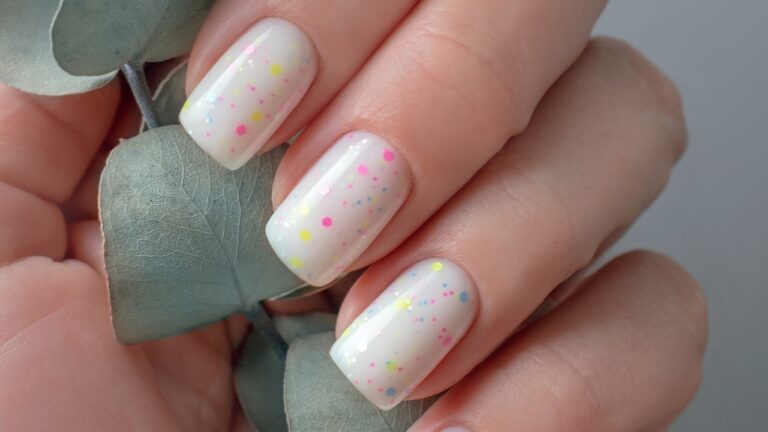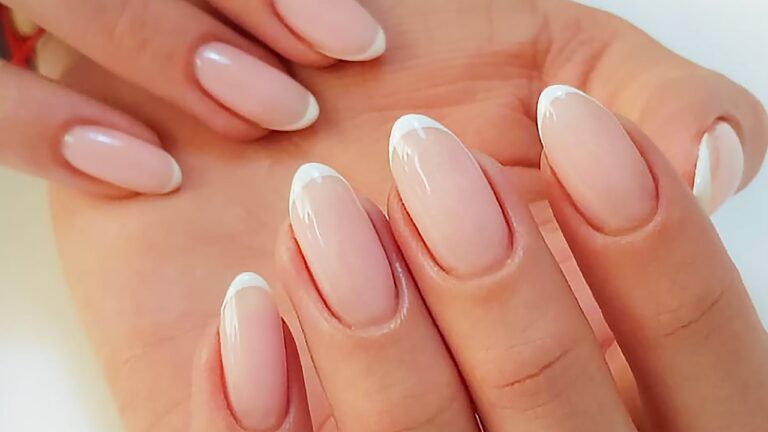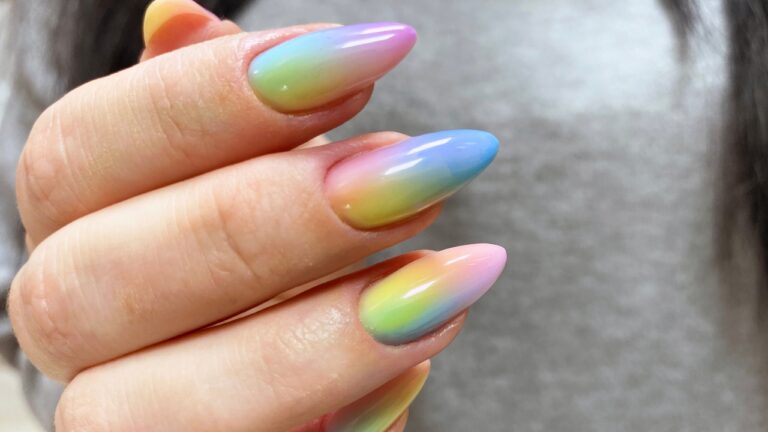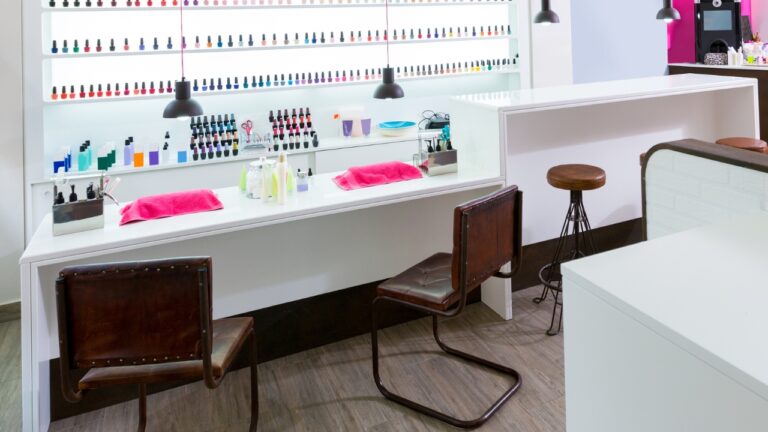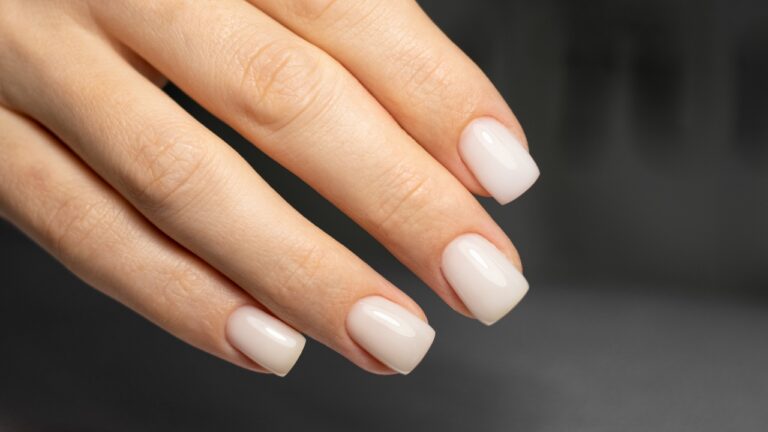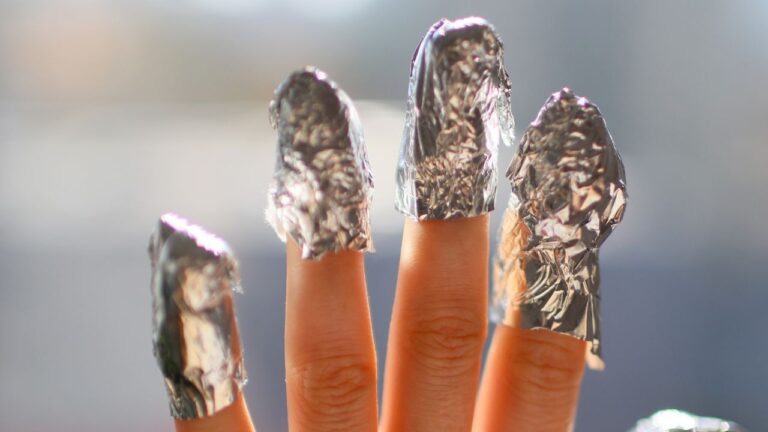How to use nail dip powder: Pro tips
Here is your nail dip powder guide to help you use nail dipping powders. We have some pro tips and answer your common questions.
Are you wondering what is nail dip powder? You have come to the right place. Today we will discuss what nail dip powder is, and the difference between nail dip powder, acrylics & gel polishes.
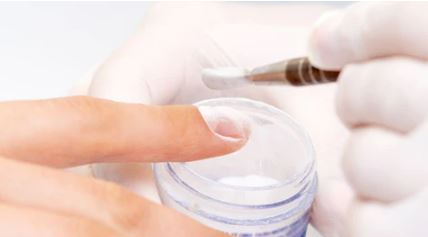
how to use nail dip powder
1. What is nail dipping powder?
Nail dipping powder is a popular alternative to traditional acrylic nails and gel polish. It involves dipping a brush or a fingertip into a jar of fine, pigment-rich powder and applying it to the nail bed to create a smooth, even finish.
The process is quick, easy, and requires minimal equipment, making it a popular choice for at-home nail enthusiasts and professionals alike.
2. Advantages Of Nail Dip Powder
One of the main benefits of using nail dipping powder is that it is a relatively quick and easy process. Below is everything you need to know about dip powders.
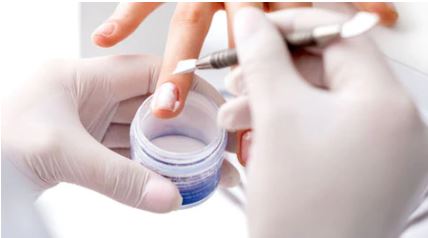
3. Nail Dip Powder vs. Acrylic
Unlike acrylic nails, which require the use of liquid monomers and polymers and can be time-consuming to apply, nail dipping powder can be applied in just a few steps.
One of the reasons why it’s so popular is because even a beginner can get a really nice look with practice.
Nail dip powders and acrylic nails are both methods used to enhance the appearance of the nails. However, they are applied differently and have some differences in terms of durability and maintenance.
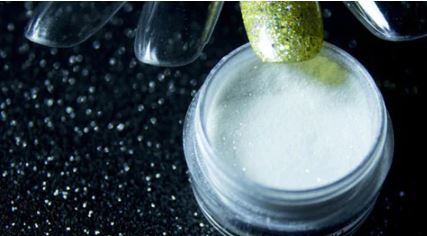
Nail dip powders are a newer method of enhancing nails. A base coat, dip powder, and top coat are applied to the nails to create a durable, smooth finish.
The dip powder is made of a fine powder that is mixed with a liquid monomer. The nail is first coated with a base coat, and then dipped into the powder. This process is repeated several times until the desired thickness is achieved.
Once the final coat has been applied, the nails are sealed with a special top coat.
Acrylic nails, on the other hand, are created using a liquid monomer and a powder polymer.
The monomer and polymer are mixed together to create a thick, doughy consistency. It is then applied to the nails using a small brush.
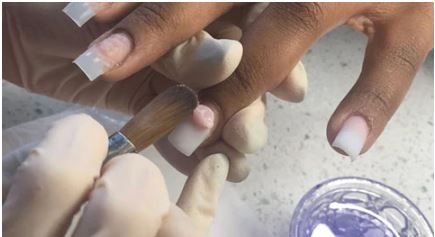
Acrylic nails are known for their durability. They can be shaped and filed to achieve a variety of nail shapes and sizes.
However, they do require regular maintenance. Such as filling in the acrylic as the nails grow, to keep them looking fresh.
4. Nail Dip Powder vs. Gel Polish
Another advantage of nail dipping powder is that it is more durable and long-lasting than gel polish. Gel polish is applied in a similar way to traditional polish, with multiple layers cured under a light after each application.
While gel polishes are known for their high shine and long-lasting wear, gel can be prone to chipping and peeling. Especially if the nail beds are not properly prepped before application.
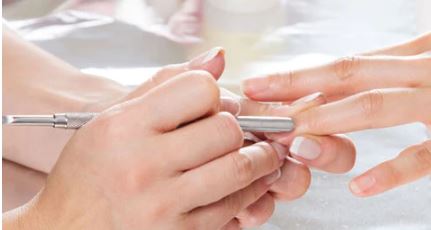
In contrast, nail dipping powder creates a stronger, more durable finish that is less prone to chipping and peeling. It also does not require a gel cure lamp like gel polishes. It can last up to three weeks with proper care and maintenance.
5. Types Of Nail Dipping Powders
There are several different types of nail dipping powder available on the market, including traditional acrylic powder, polymer powder, and gel-based powder.
Many dipping powders are made from a mixture of polymers and monomer, similar to traditional acrylic nails. It is the most durable of the three types and is known for its long-lasting wear.
Modelones is one brand that is well known for the acrylic dip powder formula. We have worked with them before and have a Modelones review here.
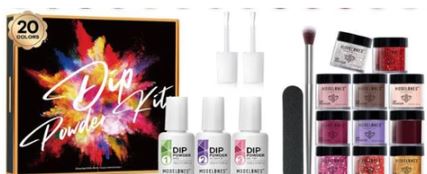
Polymer powder is made from a single type of polymer, which creates a more flexible and natural-looking finish. It is less durable than traditional acrylic powder.
6. Supplies Required For Dipping Powder Nails
To use nail dipping powder, you will need a few basic tools and supplies. These include a nail file, cuticle pusher, nail buffer, base coat, top coat, and the dipping powder itself.
Some brands offer full nail dipping powder starting kits that have everything included. If you think that you might want to try one of these kits, we have them listed in this blog post.
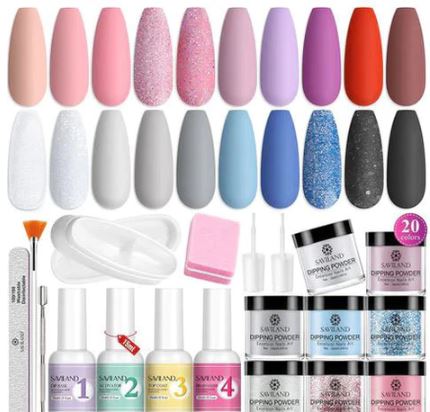
There’s also a brand called Nailboo dip powder that is very popular. This brand made our list of the best clear nail dip powders.
7. How To Apply Nail Dip Powders
The process of applying nail dipping powder is relatively simple. Each manufacturer will have their own instructions on how to use their dip powders and kits.
First, prep the nail by pushing back the cuticles, filing the nail to your desired shape, and buffing the surface to remove any excess oils or shine.
Next, apply the proper base coat to the nail.

Then, dip the fingertip into the dipping powder, making sure to cover the entire nail surface. Tap off any excess powder and repeat the process for each nail. Once all the nails are coated, use a nail buffer to smooth out any bumps or unevenness.
Finally, apply the top coat to seal and protect the nail.
8. Tips For Using Nail Dip Powder
There are a few tips to keep in mind when using nail dipping powder to ensure the best possible results.
First, make sure to choose a high-quality powder that is free of harmful chemicals such as formaldehyde and toluene. These chemicals can be harsh on the natural nail and may cause irritation or allergic reactions.
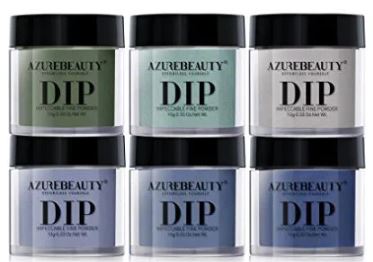
Second, take your time when applying the powder to ensure an even, smooth finish. Avoid dipping the brush or fingertip too deeply into the powder, as this can result in an uneven application.
Follow the manufacturer’s instructions for curing and sealing the nail.
Make sure to apply the base coat and top coat evenly to ensure that the nail dipping powder adheres properly and lasts as long as possible.
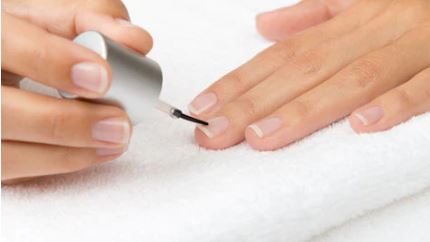
Shake off any excess nail dipping powder after dipping your nails into the powder, as this will help to create a smooth and even finish.
Avoid getting the nail dipping powder wet for the first 24 hours after application, as this can cause the powder to lift or peel.
Apply a base coat and top coat that is compatible with the type of powder you are using.
To remove nail dipping powder, gently buff the surface of then nail and then soak a cotton ball in acetone and place it on top of the nail.
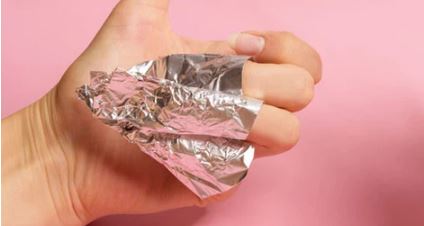
Wrap the nail in foil and let it sit for 10-15 minutes before gently wiping off the nail dipping powder with a cuticle pusher or orange stick.
9. Are Nail Dip Powders Interchangeable?
Dip powders consist of a base coat, the colored dip powder, and a top coat. In general, different brands of dip powders are not interchangeable, as they have different formulations and may require different application processes.
It is best to use the dip powders and accompanying base and top coats from the same brand to ensure that the nail polish stays on correctly and lasts as long as possible.
If you do not have everything included, you might want to consider purchasing a kit.
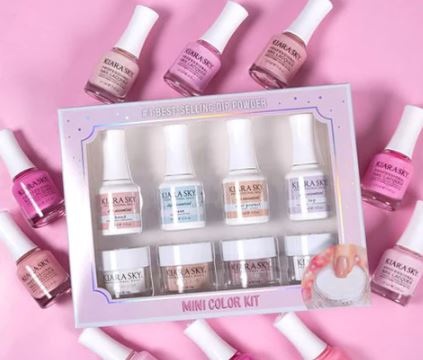
10. What Nail Dip Powder Is Best?
There are many different brands of nail dip powders on the market, and the best one for you will depend on your personal preferences and needs. Some popular brands of nail dip powders include:
It is a good idea to do some research and read reviews to find a nail dip powder brand that is suitable for you.
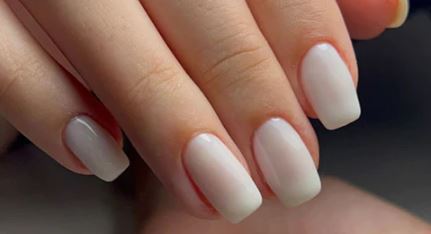
You may also want to consider the color selection, durability, and ease of use of the product. In general, it is best to use a high-quality nail dip powder to ensure that your manicure lasts as long as possible and looks great.
11. Does Nail Dip Powder Expire?
Some nail dip powders do not have a specific expiration date, but they can expire or become less effective over time.
Like other types of nail polish, nail dip powders can become thick or clumpy if they are not stored properly, or if they are exposed to extreme temperatures or direct sunlight.
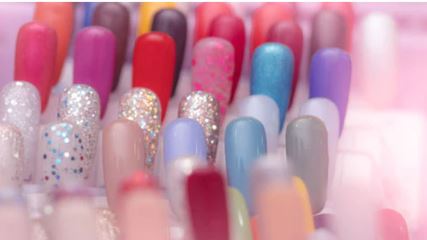
This can make the polish difficult to apply and can result in a less smooth and even finish. To extend the shelf life of your nail dip powder, be sure to store it in a cool, dry place away from direct sunlight, and keep the lid tightly closed when not in use.
12. Can you mix different brands of dip powders?
It is generally not recommended to mix different brands or types of nail dip powders, as they may have different formulations and may not work well together.
Mixing nail dip powders from different brands could result in an uneven or undesirable finish, and could potentially damage your nails.

It is best to use the dip powders and accompanying base and top coats from the same brand to ensure that the nail polish stays on correctly and lasts as long as possible.
13. Can You Mix Nail Dip Powder Colors?
If you want to create custom colors by mixing dip powders, you may be able to do so within the same brand by purchasing different colors of dip powder and mixing them together in a separate container.
However, this is not something that may not always produce satisfactory results. It is best to consult with the manufacturer of the dip powders for guidance on mixing their products.
14. Does Dip Powder Mess Up Your Nails?
Like any type of nail polish, dip powders have the potential to damage your nails if they are not applied or removed correctly. However, when used properly, dip powders can be a great way to have a long-lasting manicures.
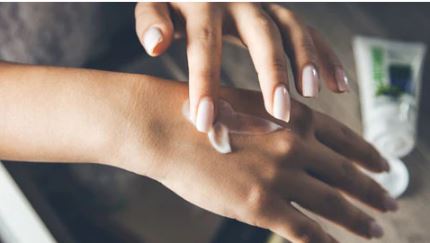
To minimize the risk of damaging your nails with dip powders, it is important to follow the manufacturer’s instructions for application and removal, and to take proper care of your nails.
This includes avoiding biting your nails, using nail polish remover sparingly, and moisturizing your cuticles and nails regularly with quality hand cream.
It is also a good idea to allow your nails to “breathe” by going without polishes, dipping powders, gels or acrylics for a period of time, and to avoid using dip powders or other nail polishes excessively.
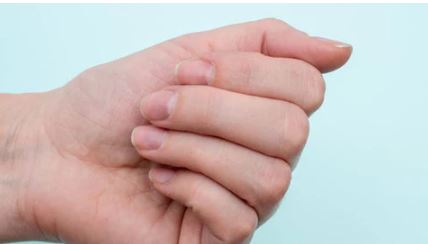
If you notice any changes in the condition of your nails, such as thinning, brittleness, or discoloration, you should stop using dip powders and seek the advice of a healthcare professional.
In conclusion:
Nail dipping powder is a quick and easy way to achieve long-lasting, durable manicures. It is an alternative to acrylic nails or gel nails, and can be a more cost-effective option as well.

